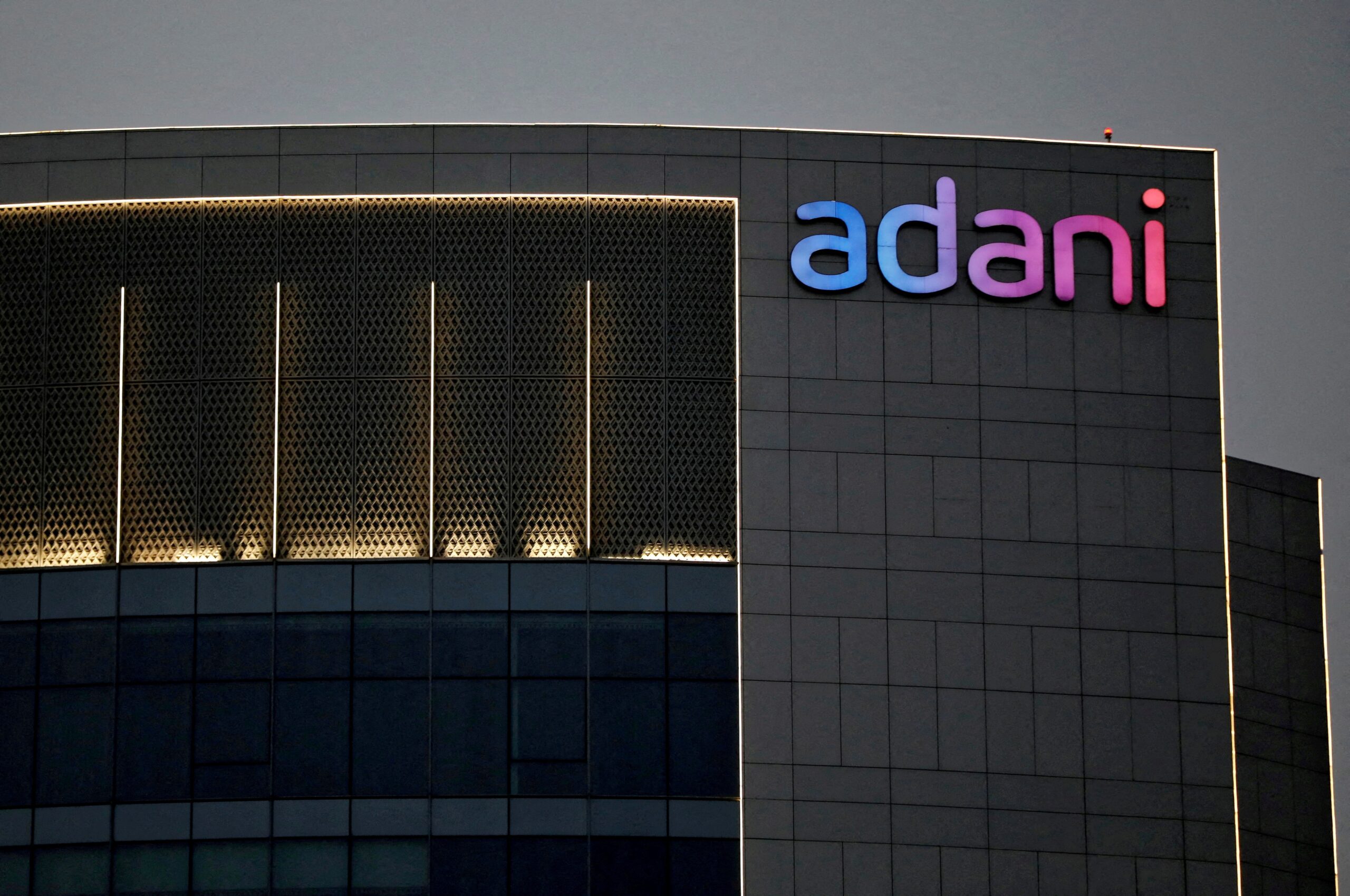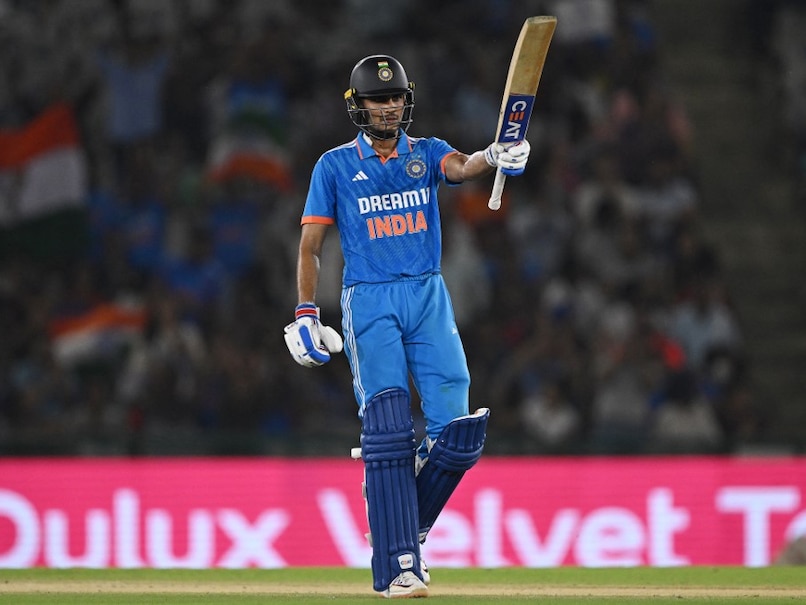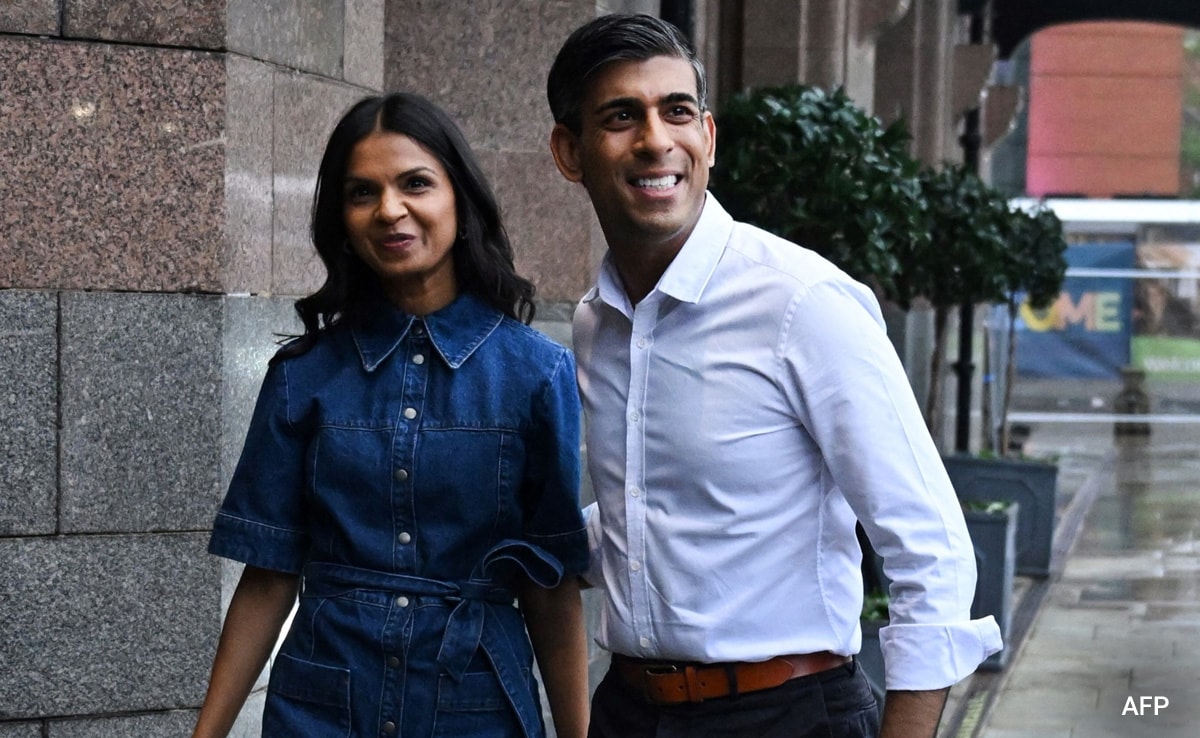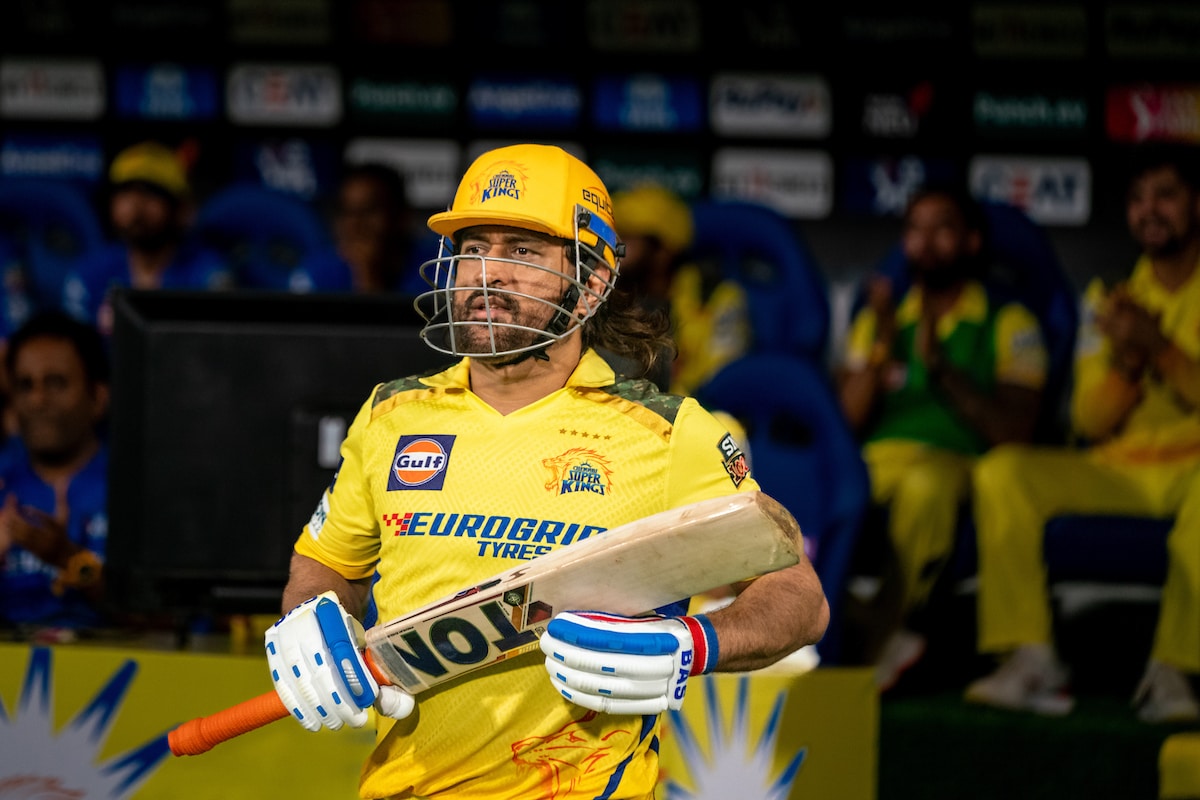The court has said pleas over Form 17C data will be heard after the election (File).
New Delhi:
The Supreme Court has adjourned – till after the Lok Sabha election – pleas seeking release of voter turnout data, including votes polled and/or rejected, within 48 hours of end of polling at each booth.
The pleas sought directions to the Election Commission to compile and publish this data on its website after each phase, beginning with the next round of voting for the 2024 Lok Sabha election.
A vacation bench of the court reasoned an immediate ruling could “overburden the Election Commission during polls… by changing the process midway”. The bench also noted five of seven voting phases had been completed and that the results were due in less than two weeks, on June 4.
Perhaps more significantly, Justice S Narasimha and Sanjay Karol pointed out the interim appeal by the current petitioner – the Association for Democratic Reforms – was similar to a writ petition by the Trinamool’s Mahua Moitra in 2019, which wanted the EC to “formulate a protocol mandating reporting of Form 17C… within 48 hours (for a Lok Sabha election)”, which is unresolved.
I was original petitioner in Supreme Court in 2019 itself via WPC 1389/2019 asking EC to publish within 48 hrs of polling all voter data of Form 17C. Case is listed on May 24 for hearing.@AITCofficial@MamataOfficialpic.twitter.com/F1aqS9nK4R
— Mahua Moitra (@MahuaMoitra) May 20, 2024
“We are simpliciter (directly) adjourning… (and) giving one observation as to why relief cannot be granted at this stage,” the court said, stating also that this did not constitute a dismissal of the pleas.
“Prima facie we are not inclined to grant relief at this stage, in view of similarity of prayers… granting interim relief would mount to final relief. Therefore, we list these applications after the vacation…”
“What is the nexus between 2019 and 2024 applications? Why didn’t you file a separate writ petition?” the court questioned ADR, insisting it would not intervene in the middle of an election.
“This application will be heard after the election… in-between an election, hands off! We cannot interrupt (the electoral process)… we are also responsible citizens,” Justice Datta said.
Form 17C Hearing In Supreme Court
Today’s hearing began with senior advocate Maninder Singh, arguing for the Election Commission, criticising the petition as a “classic case of abuse of law” and said it was only meant to “erode the integrity of the election”. “These are false allegations… done only on apprehensions,” Mr Singh said.

Form 17C of Conduct of Election Rules, 1961
Mr Singh questioned opposition leaders and political activists’ claim of five to six per cent discrepancy in voter data released by the poll panel on the day of voting and updated figures released days later; in the case of the first phase this updated data was released after 11 days.

Form 17C (Part II) of Conduct of Election Rules, 1961
Several opposition leaders, including Mahua Moitra and the Congress’ Pawan Khera, have red-flagged what they claim as possible vote fraud – i.e., there is concern the increased number of votes shown after polling could be illegally added to the tally of any one political party.
However, Mr Singh told the court, “This is false… data will differ only by one or two per cent.”
READ | Making Form 17C Data Public Will Cause Confusion: Poll Body
In the last hearing the EC had argued there is no legal mandate requiring release of Form 17C data to a “general entity”, and that this information had only to be released to the polling officer in a booth.
Meanwhile, senior advocate Abhishek Singhvi, representing Ms Moitra, had argued that even if the petition had travelled from 2019 to 2024 it should be heard as it deals with a serious issue.
The court then noted that even if it were to consider and rule on the petitions, it had to “very conscious of the ground reality”. “Tomorrow (May 25) is the sixth phase… this particular compliance would require manpower (and) we feel this could be heard after the vacation,” Justice Datta said.
“(There are) roughly 10 lakh Form 17C forms for a total of 543 constituencies… it is manageable because of the army below them (the Election Commission),” Mr Singhvi responded.
The court, though, was not convinced.
Form 17C Row In Supreme Court
The row is over the swift release of data from Form 17C and Form 17C (Part II) of the Conduct of Election Rules, 1961, which records a multitude of data, starting with the name of each polling booth and includes the number of voters, number of votes rejected, and the number finally accepted.
NDTV Explains | Form 17C And Row Over Poll Panel’s Voter Turnout Data
The second part of Form 17C is also critical; this comes into play on counting day (June 4, in this case) when the number of votes for all candidates is cross-checked against the total number of accepted votes on polling day. This is to guard against manipulation of votes for/by any party.
NDTV is now available on WhatsApp channels. Click on the link to get all the latest updates from NDTV on your chat.





















